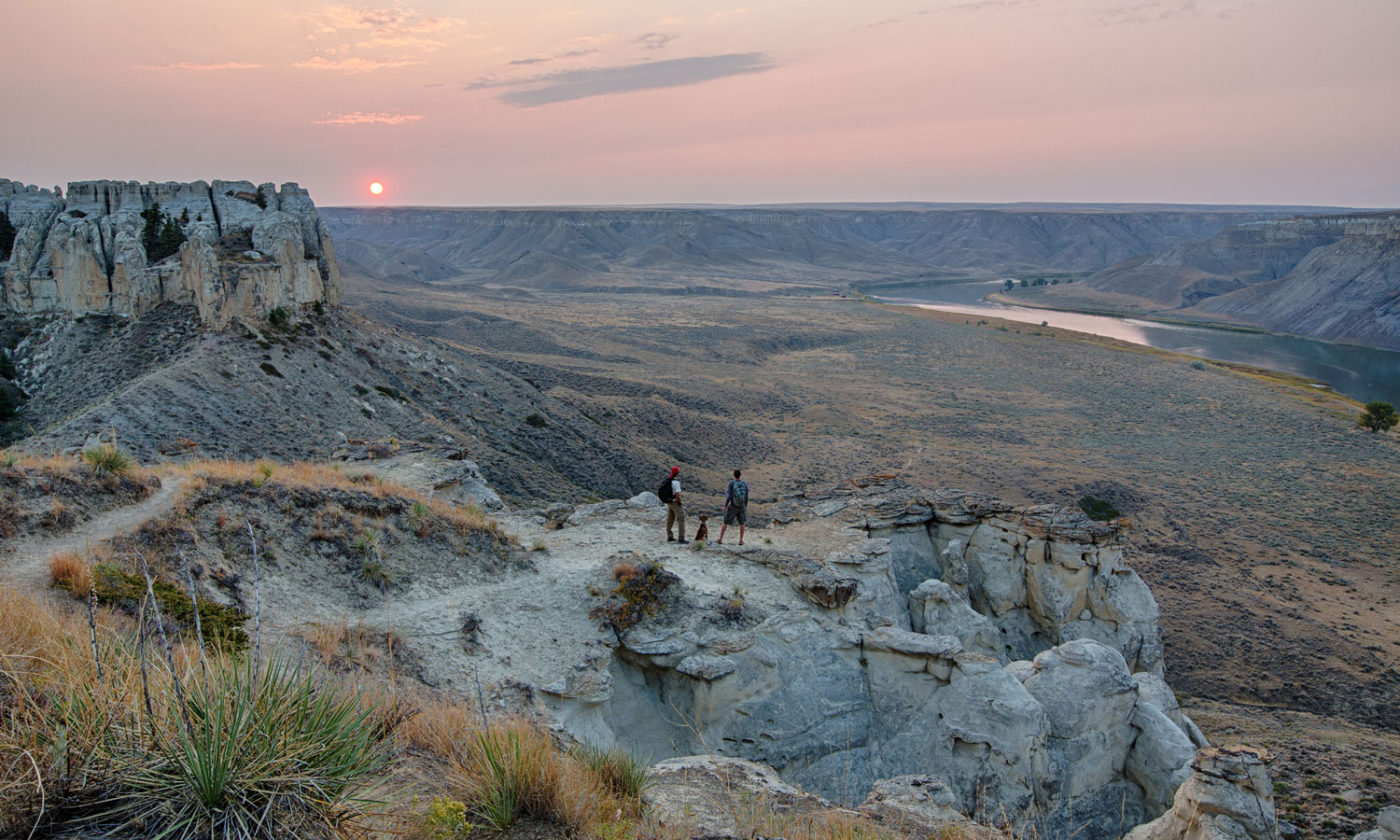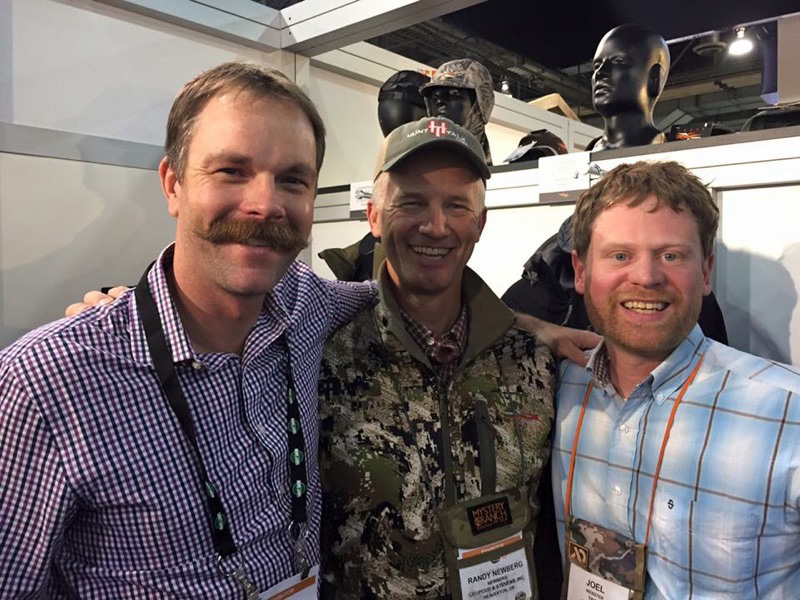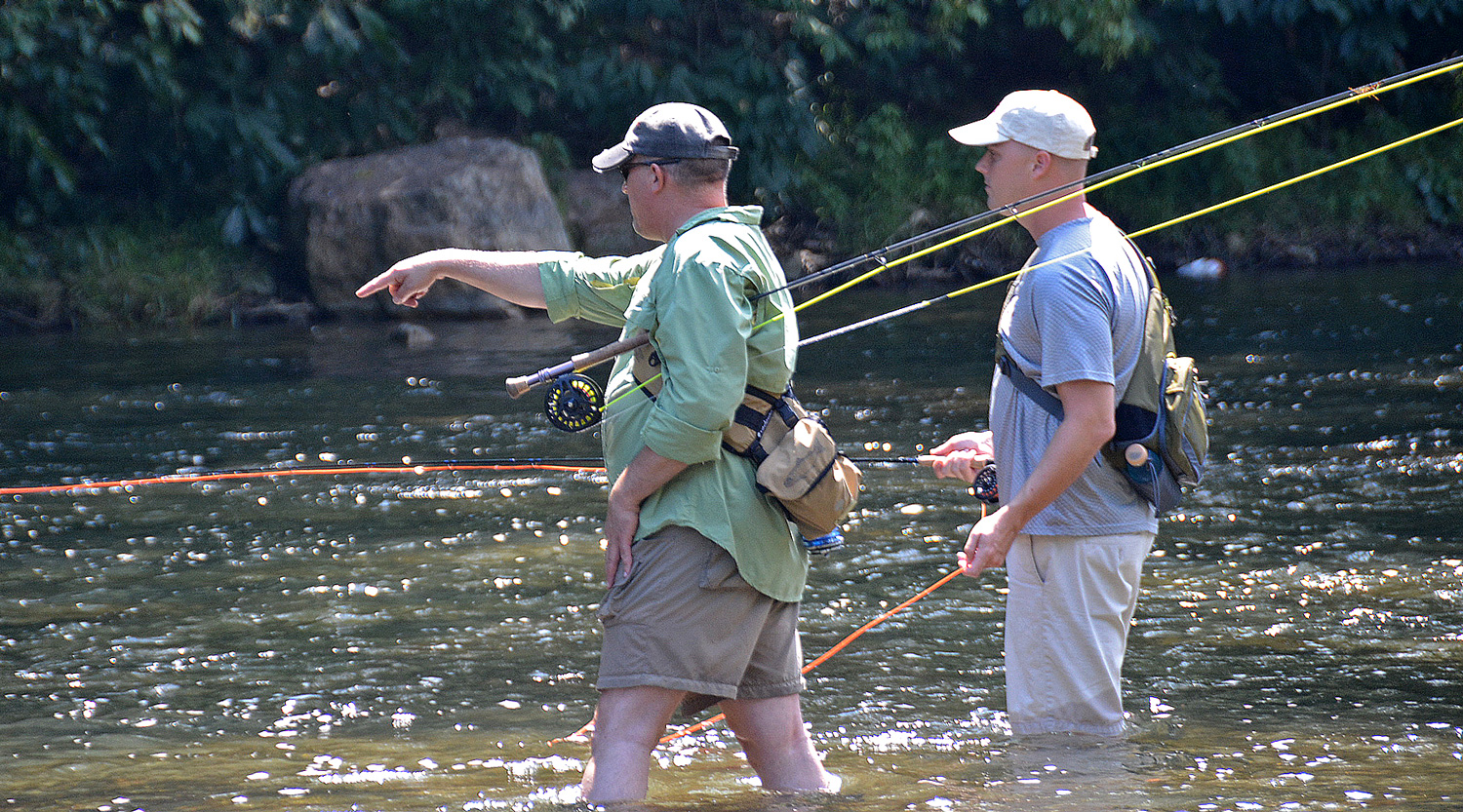Investments in conservation and support for fish and wildlife are a match made in hunting and fishing heaven, but cuts may be coming
Today, when most grade schoolers are exchanging candy hearts and Marvel superhero valentines, 213 groups are sending a message to President Trump and leaders in Congress about the heartbeat of conservation—smart investments in the future of our country’s lands, waters, and wildlife.
A coalition known as America’s Voice for Conservation, Recreation, and Preservation (AVCRP)—which comprises hunting, conservation, outdoor recreation, historic preservation, and cultural resource organizations—is calling for strong funding levels for a portion of the federal discretionary budget known as Function 300. This is the part of the budget that pays for a wide range of federal departments and agencies that manage our public lands and waters and work with private landowners in rural communities to ensure intact, working landscapes now and into the future.

These federal departments, from the U.S. Department of the Interior and the Department of Commerce to the U.S. Forest Service and the Natural Resources Conservation Service, touch upon nearly every aspect of our daily lives. From the water we drink and air we breathe to the health of the nation’s fish and wildlife populations, conservation programs in the federal budget play a critical role.
But, despite its name, Function 300 has become, well, less functional than we’d like. It has been shrunk to half its size over the last 40 years, from approximately two percent of the federal budget to slightly more than one percent. In comparison, the nation’s outdoor recreation economy, which is sustained by this important conservation funding, generates more than $646 billion in revenue annually—that’s more than 98 percent of the Interior Department’s annual budget.
Conservation Needs a Raise
For sportsmen and women, conservation funding is an investment in our outdoor heritage. It helps restore water quality and support working lands, such as private farms and ranches adjacent to public lands that provide critical habitat for elk, whitetails, wild turkeys, waterfowl, and other game species.
Yet, throughout the country, federal funding for conservation has not kept pace with the needs on the ground. While about 72 percent of Westerners depend on public land to hunt and fish, the funding needed to manage and enforce order on public lands has dwindled. Our federal agencies lack staff for large swaths of our public lands, meaning that visitor centers have been shuttered, while biologists, ecologists, and range managers have been laid off and never re-hired. In some instances, public access points are closed altogether.
Meanwhile, the ability of agencies such as the Bureau of Land Management to ensure their multiple-use mandate is extremely challenged. The workforce that remains is in dire need of an infusion of new resources in order to carry out their mission of managing for grazing, logging, development, recreation, and a healthy balance of fish and wildlife populations and intact natural systems that can withstand invasive species, fire, drought, and other natural disasters.
We have been asking these Americans to safeguard our public lands for the next generation on a shoestring, and that’s a tall order.
More Cuts Mean Less of a Conservation Legacy
It’s time to re-prioritize our nation’s public lands and the health and vitality of our fish and wildlife populations. That’s why the Theodore Roosevelt Conservation Partnership would like to see the Trump administration propose a fiscal year 2018 budget that sustains and increases funding for conservation programs within important federal departments and agencies, including the Department of the Interior and Department of Agriculture. That’s also why nearly 1,200 national, regional, state, and local organizations across multiple sectors have supported the 8-year AVCRP effort.
The TRCP, both as an independent organization and via the AVCRP campaign, will also be speaking out against efforts to reinstate sequestration in the FY2018 budget. Originally proposed in 2011, sequestration would cut $1.2 trillion in federal funding, with the majority of these cuts disproportionately impacting non-defense, discretionary spending like Function 300.
The natural resources that are a part of our American identity can’t survive this level of cutbacks to conservation, particularly given the smaller sliver of the federal pie they’ve already been given over the past 40 years. We can’t afford to balance the budget on the backs of fish and wildlife and still pass healthy lands and waters on to the next generation.
Trump’s budget should sustain and invest in conservation. Congress should see to it that those funds are distributed. It’s simple enough to fit inside a greeting card.











To my senators Grassley and Ernst: Please do not underfund our conservation legacies.
Conservation DESERVES A ‘Lil Love In The Federal Budget!!!
Please please please take care of our valuable wildlife and wildlands. Show some love and fund this fully!
Increase funding to Conservation!
Conservation funding is not buying anything,,,, it’s investing in our future that will yield tremendous returns for our children’s children. Lands need qualified managers, just like a car needs a qualified mechanic. Hire, and full these government positions, right now!!!!!
Make sure federal lands stay federal . Please !!!!!!
Leave federal lands federal .in all states . Let them do thair job . Fund them please !!!!!!
Leave all federal lands in states federal and fund them please!!!
Bingo! Well said!
Keep Federal lands Federal, funded and protected!